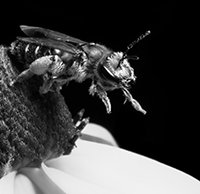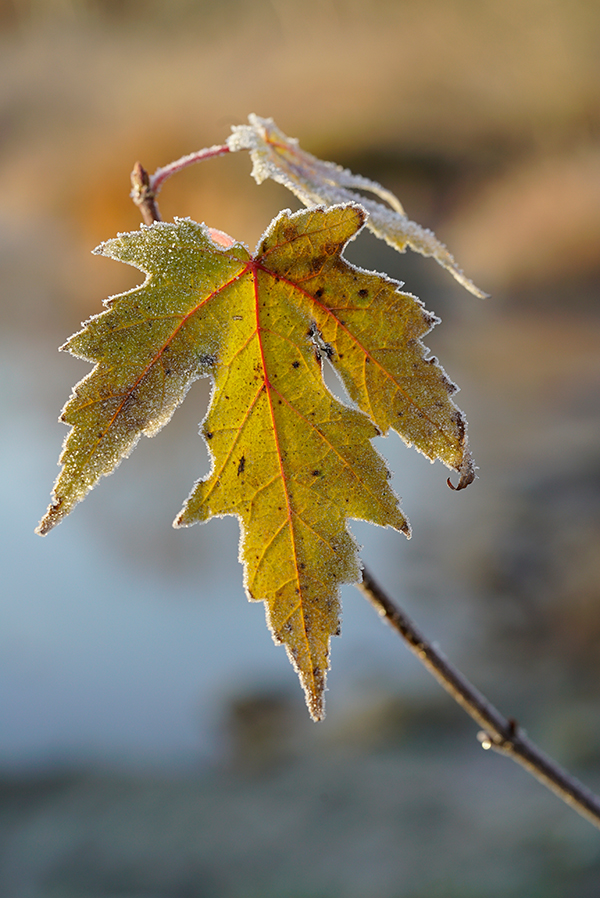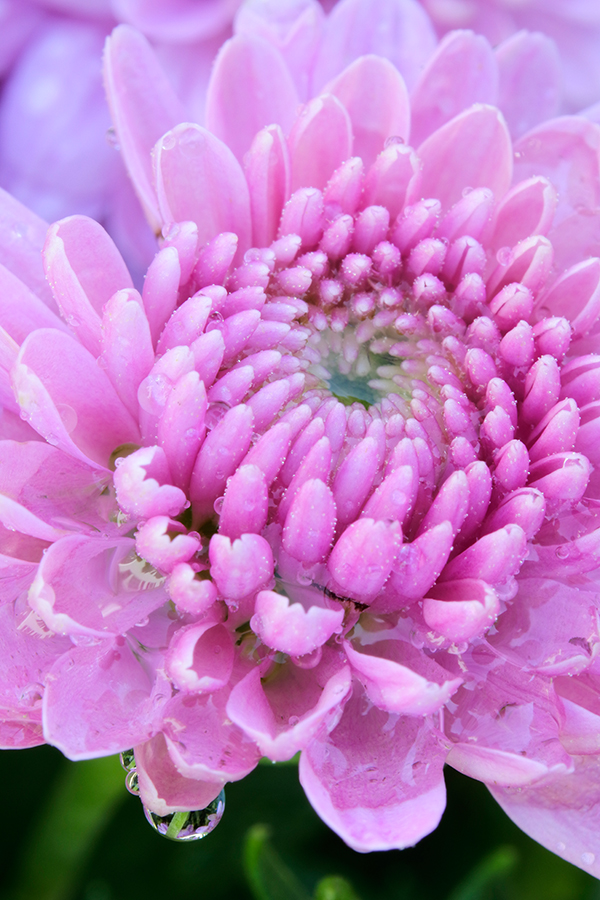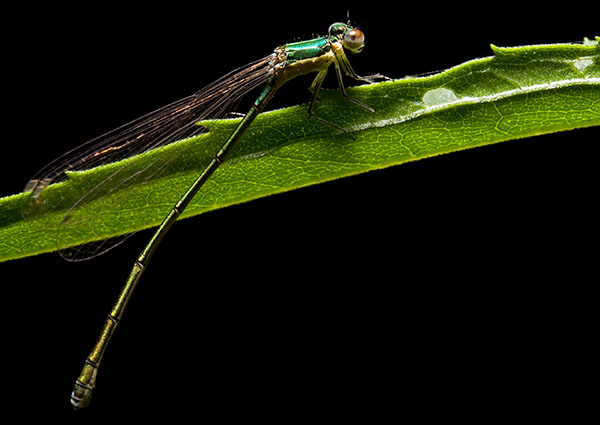Getting up close and personal: An overview of macro photography
posted Tuesday, February 9, 2016 at 5:02 PM EDT

Macro photography provides a distinct view of the world. By getting very close to small subjects, you can provide the viewer a look at the world they might not otherwise notice, or perhaps help them see things in a new way. Karthika Gupta has written an overview of macro photography for Digital Photography School, and Jason Row an article on macro lenses for Light Stalking. We thought we'd share some highlights from these articles with our readers, with links for further exploration.
Karthika offers a wide variety of tips for doing macro photography, which she says "seems to have an application in almost every genre" of photography. As a professional wedding photographer, she uses macro photography to highlight wedding subjects such as rings, invitations, and bouquets.
She says that the "key thing to note in macro photography is that depth of field (DOF) depends primarily on two factors: aperture value and magnification." Holding aperture constant, the greater the magnification ratio, the smaller the corresponding depth of field, which is why macro photography tends to have a very shallow depth of field. This shallow depth of field makes precise focus particularly important, so use live view if possible to zoom in on your subject and fine-tune your focus. Manual focus is very useful for macro work, as a camera's autofocus might not be precise enough.

Karthika also suggests using mirror lock-up to avoid camera shake. Similarly, using a cable release can reduce the risk of camera shake. To avoid soft images, try not to stop down so much as to cause diffraction. If you find that you need more depth of field but can't stop down enough while still maintaining a sharp image, you can selectively focus over the course of multiple images and use a focus stacking technique (see this article by James Brandon for more information on focus stacking in Photoshop).
While Karthika does discuss gear for macro photography (see the full article here) Jason Row covers gear in slightly more detail here.
Firstly, when considering macro lenses, you must consider macro photography in terms of ratios. "A true macro image is shot at 1:1," says Jason. Some general purpose lenses include "macro modes" which may or may not allow a 1:1 ratio, but do typically allow you to focus closer than you otherwise would be able to. These general purpose lenses typically will not provide quite the same level of quality that you'll find with a dedicated macro lens, however.

A dedicated macro lens is available for essentially every camera mount and are manufactured by first and third parties alike. True macro lenses are typically prime lenses, such as the Canon EF 100mm f/2.8 Macro USM, Fujinon XF 60mm f/2.4 R Macro, Nikon 60mm f/2.8G ED AF-S Micro, Olympus 35mm f/3.5 Zuiko Digital Macro, Sigma 50mm f/2.8 EX DG Macro, Sony FE 90mm f/2.8 Macro G OSS, and Tamron 180mm f/3.5 Di LD IF Macro lenses. You will see a wide variety of focal lengths and maximum apertures, but all of the above macro lenses are primes that offer true macro performance. Different equivalent focal lengths mean that you have to be a different distance from your subject to achieve 1:1 reproduction, so this is an important consideration when selecting a macro lens. Further, Jason says that you should consider minimum aperture more than maximum aperture, as 1:1 macro work is very rarely done at maximum aperture due to the shallow depth of field.

There are other kinds of gear that you can use to get close to your subject in addition to lenses, such as close-up filters, reversing rings, bellows and extension tubes. Close-up filters are screw-in filters that allow your lens to focus closer than normal, although they don't offer the performance you'll find with a true macro lens. Reversing rings allow you to attach a lens to your camera backwards, which allows the lens to focus more closely than normal. These offer good image quality for the cost, but you'll need to manually expose and focus your images. Bellows and extension tubes go between your camera and lens allowing the lens to move further away from your camera's sensor, projecting a larger image onto the sensor. Some extension tubes even allow for electronic communication between the camera and lens.
(For more information on macro photography, be sure to check out Karthika's and Jason's articles.)